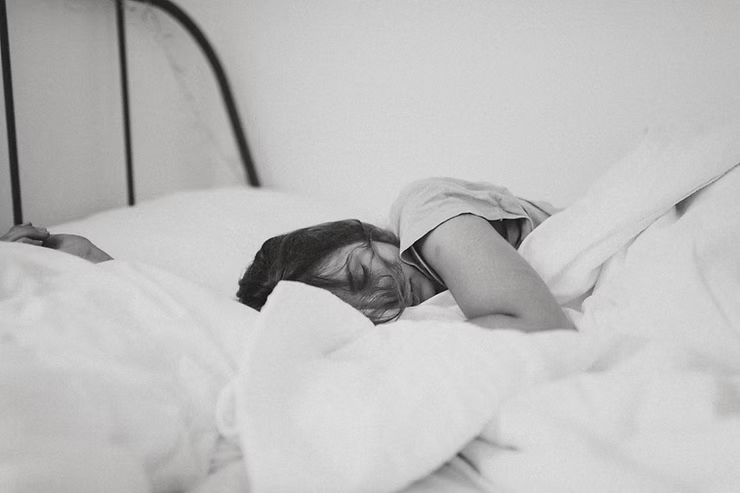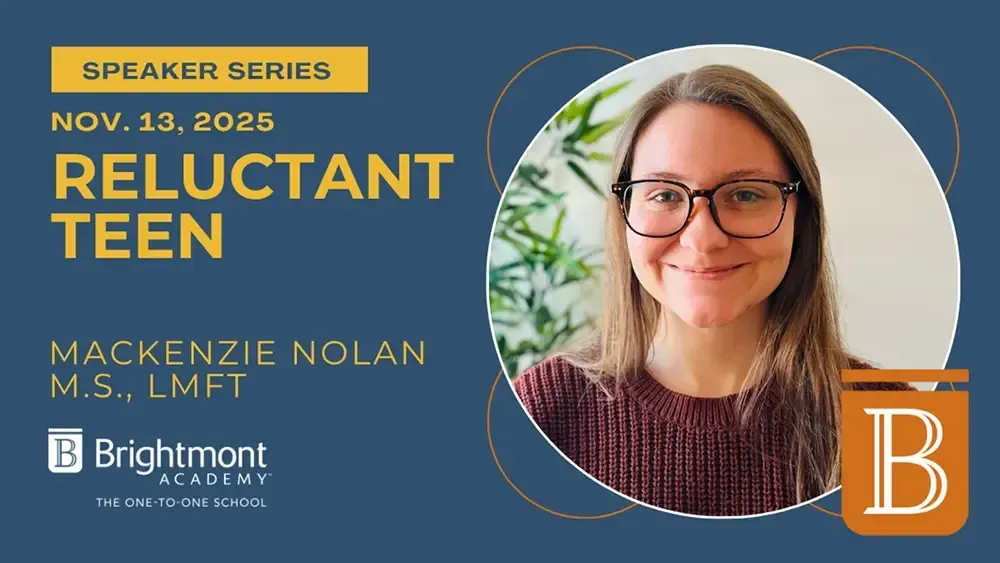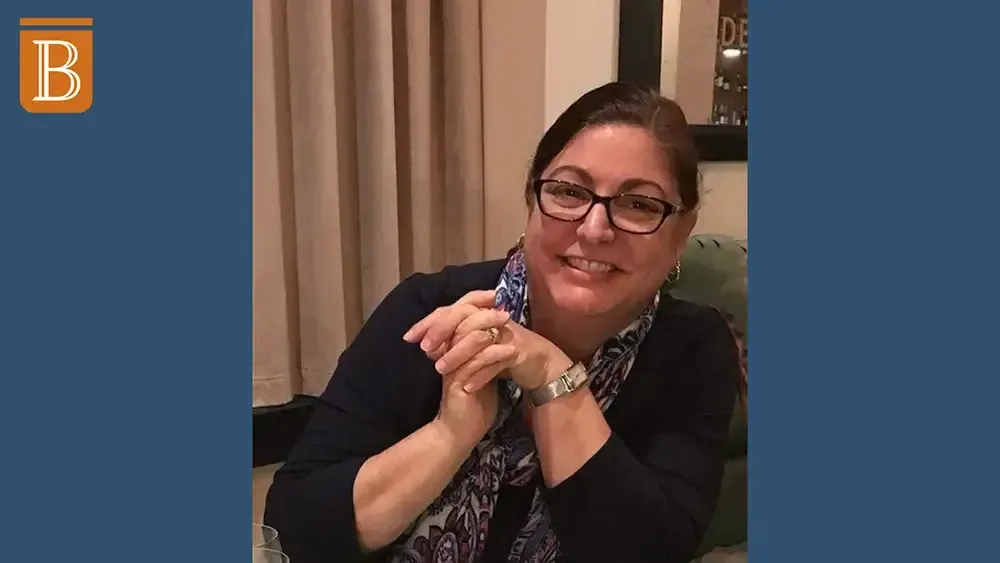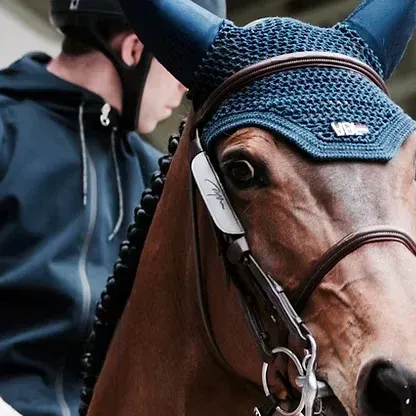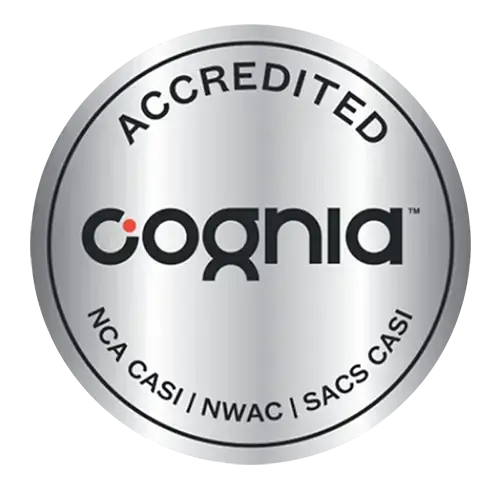Tony Beals is the VP of Admissions and Enrollment Solutions at Brightmont Academy. Tony has extensive experience as both a parent and an educator working with students from an array of backgrounds including those with anxiety, depression, ASD, ADHD, and ODD. He has been in the education industry for over 25 years and has been involved as a teacher, consultant, manager, and leader.
The Many Faces of Masking and The Hidden Cost of “Fitting In”
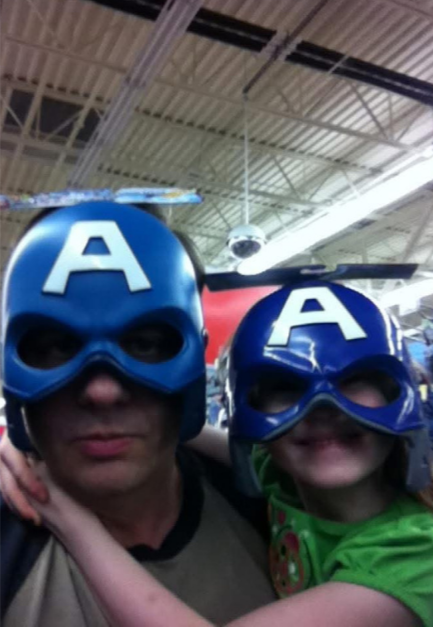
Masking is one of the most exhausting parts of living with ADHD (and other forms of neurodivergence). On the surface, it looks like we’re “functioning.” Underneath, it feels like running a marathon in a costume that doesn’t fit.
𝗧𝗵𝗲 𝗙𝗼𝘂𝗿 𝗙𝗮𝗰𝗲𝘀 𝗼𝗳 𝗠𝗮𝘀𝗸𝗶𝗻𝗴
Masking isn’t just one thing, it shifts depending on where we are:.
- 𝗖𝗼𝘀𝘁𝘂𝗺𝗲 𝗺𝗮𝘀𝗸𝗶𝗻𝗴 — Altering your physical appearance or style to blend in. Clothes, hair, accessories… like putting on an outfit that “fits the part,” even when it doesn’t feel like you. Makes us feel out of our skin and makes us feels a little like imposter syndrome.
- 𝗔𝗰𝗮𝗱𝗲𝗺𝗶𝗰 𝗺𝗮𝘀𝗸𝗶𝗻𝗴 — Using nods, eye contact, or body language to look engaged, even when your brain is miles away. Less about learning, more about avoiding being “caught.”
- 𝗛𝗼𝗺𝗲 𝗺𝗮𝘀𝗸𝗶𝗻𝗴 — Holding back questions, frustrations, or energy because you don’t have the bandwidth for judgment or “helpful advice.” Silence becomes self-preservation. Its too much work to explain everything on the spot when we are already exhausted.
- 𝗪𝗼𝗿𝗸𝗽𝗹𝗮𝗰𝗲 𝗺𝗮𝘀𝗸𝗶𝗻𝗴 — Containing natural energy, impulsivity, or processing style so you don’t irritate or disappoint others. Sometimes it turns into people-pleasing, where performance matters more than authenticity.
It also shows up in micro-masks:
- 𝗙𝗼𝗿𝗰𝗶𝗻𝗴 𝗲𝘆𝗲 𝗰𝗼𝗻𝘁𝗮𝗰𝘁 while your mind races.
- 𝗗𝗿𝗼𝗽𝗽𝗶𝗻𝗴 𝗶𝗻 𝗳𝗶𝗹𝗹𝗲𝗿 𝗽𝗵𝗿𝗮𝘀𝗲𝘀 (“Right,” “Yeah”) to hide the fact you didn’t fully process.
- 𝗦𝗺𝗶𝗹𝗶𝗻𝗴 𝘁𝗵𝗿𝗼𝘂𝗴𝗵 𝗮𝗻𝘅𝗶𝗲𝘁𝘆 𝗼𝗿 𝗯𝘂𝗿𝗻𝗼𝘂𝘁 to avoid judgment.
𝗪𝗵𝘆 𝗜𝘁’𝘀 𝗦𝗼 𝗗𝗿𝗮𝗶𝗻𝗶𝗻𝗴
Each mask takes energy. Stack enough of them together, and by day’s end, whether at home, work or school, you’re depleted. The problem isn’t that we’re broken, it’s that pretending to be “normal” comes at a cost. Trying to fit in comes at a cost. Trying to avoid explanations and other's questions, comes at a cost.
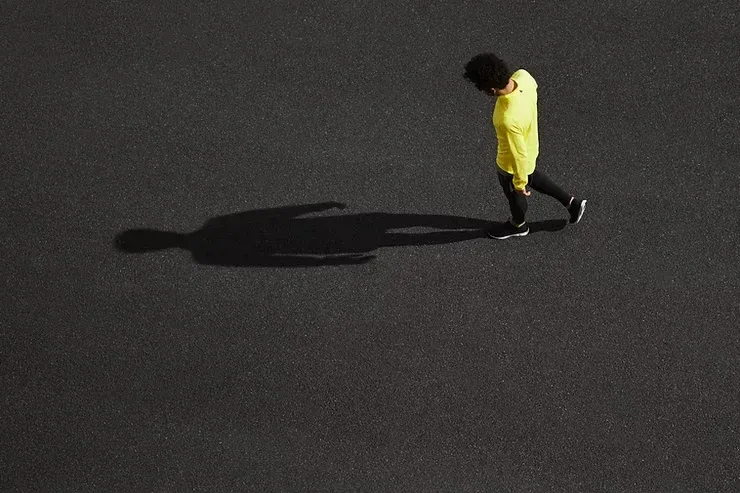
𝗧𝗵𝗲 𝗛𝘂𝗹𝗸 𝗔𝗻𝗮𝗹𝗼𝗴𝘆
I love superheroes and masking, to me, often feels like Bruce Banner trying to contain the Hulk. At first, it’s suppression and just holding back so the world doesn’t react. It’s exhausting, a constant battle. The energy it takes to do this is overwhelming and sometimes physically painful, mentally straining, and emotionally depleting.
But eventually, Banner and the Hulk can learn to coexist (and in the comics and movies he does). He doesn’t have to fight or hide it because he learns when to release it, and how to live with it. The mask becomes a blend of who we are and who we think we should be.
That’s what safe unmasking can look like too: finding spaces and strategies where authenticity isn’t risky, but powerful.
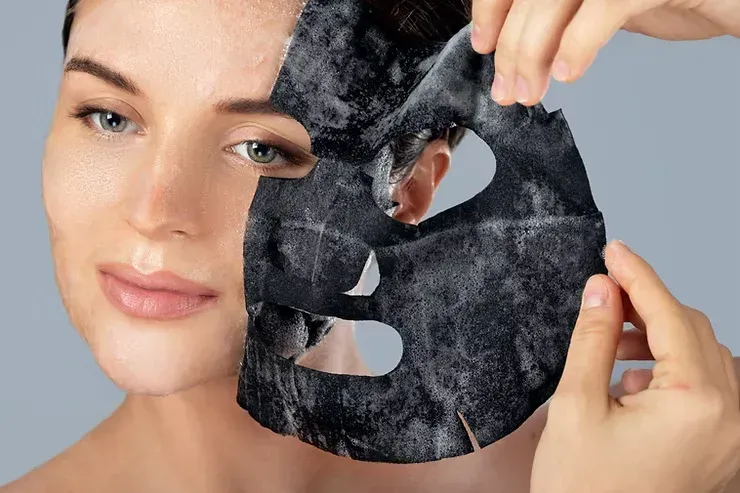
𝗧𝗵𝗲 𝗪𝗮𝘆 𝗙𝗼𝗿𝘄𝗮𝗿𝗱
Unmasking doesn’t mean tearing away every mask at once. It means:
- 𝗦𝗮𝗳𝗲 𝘀𝗽𝗮𝗰𝗲𝘀 — homes, schools, workplaces where understanding replaces judgment.
- 𝗦𝗲𝗹𝗳-𝗰𝗼𝗺𝗽𝗮𝘀𝘀𝗶𝗼𝗻 — remembering masking wasn’t weakness; it was survival.
Like Banner, we can learn that our “other side” isn’t something to fear — but something to work with. That shift takes us from exhaustion to empowerment.
How about you? Do you notice yourself masking more at work, at home, or in social spaces? Where do you feel safest to unmask?
Thanks for reading 𝗧𝗮𝗯𝗹𝗲 𝗧𝗮𝗹𝗸𝘀 𝘄𝗶𝘁𝗵 𝗧𝗼𝗻𝘆. This article reflects my original writing and lived experience. Feel free to share the link or repost, but please don’t republish or copy the content without permission. © 2025 Tony Beals. All rights reserved.
Written by Tony Beals, VP at Brightmont Academy and author of the “Table Topics with Tony” newsletter and the upcoming book, The Education Paradox.© 2025 Tony Beals
More Blog Posts + News
